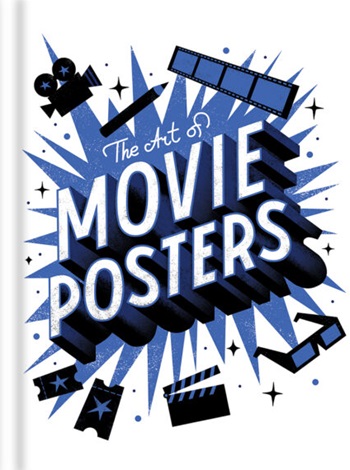I am still here (2025): A deep dive into a powerful narrative
in the heart of Brazil in 1971, a nation read with the choking of military dictatorship. The movie “I’m still here”, in connection with this tumultuous script, offers a strong use of loss, resistance and relentless human habits. This movie piece, based on the best memories of Marcel Rubens Paive, invites viewers to the life of a forced mother to be invented after her family is destroyed by an act of arbitrary violence.
Historical context
Brazil in the early 70s was a landscape marked by tension and political oppression. The 1964 military coup opened the time of violence and censorship, where ordinary citizens lived for fear of persecution. The movie capsulates this dark chapter in Brazilian history, providing a striking reminder of the fragility of freedom. Focusing on a personal story in the middle of this chaos, “I’m still here” personalizes the widest narrative of fighting and resistance.
Themed elements
Themes of sadness, resistance and identity are intertwined throughout the film. The mother’s journey reflects the universal experience of navigating loss, trying to maintain a sense of yourself. As she faces the challenges set up by dictatorship, viewers attract her emotional turbulence and a possible transformation. The film serves as honoring all those who have suffered similar destinations, making it deeply related to storytelling, despite its specific historical context.
[** v **]
cinematological experience
visually narrative in “I’m still here” is just as influential as its narrative. Cinematography records shouted contrasts of the landscape of Brazil, from the traffic streets of urban centers to the quiet loneliness of rural life. This opposite not only improves the story, but also reflects the inner fights of the characters. The use of colors and light plays a significant role in the evocation of emotions, attracting the deepest viewers on the path of re -detection and resistance of the mother.
Signs Development
Evolution of the main character is central to the influence of the film. Initially portrayed as a victim of circumstances, gradually becomes a symbol of strength and persistence. As the plot takes place, his relationships with other characters deepen, providing multiple views of their struggles and triumphs. This development of the characters echoes with the public, encouraging them to think about their own experiences of loss and recovery.
Why should you watch “I’m still here”
- Include a narrative that adjusts historical events.
- Strong bows of character that inspire resistance.
- Vidimity cinematography that improves narrative.
- The emotional depth that echoes with a global audience.
Downloading the movie
for those interested in experimenting with this exciting storytelling, options for taking over the film are available. If you want to convey it or download the torrent of torrents, “I’m still here” promises to be an addition to your collection. Remember to look for respectable sources to ensure a quality view of viewing with respect for the author’s rights.
Conclusion
“I’m still here” is more than just a movie; It is a reflection of the human state during one of the darkest periods in Brazil. Its exploitation of trauma and resistance offers valuable information on the ability to support the human spirit. As we follow our mother’s journey, we remember the importance of hope and strength found in community and love. When you think about taking over the movie, get ready for an emotional experience that will stay long after lending.




 35/16
35/16